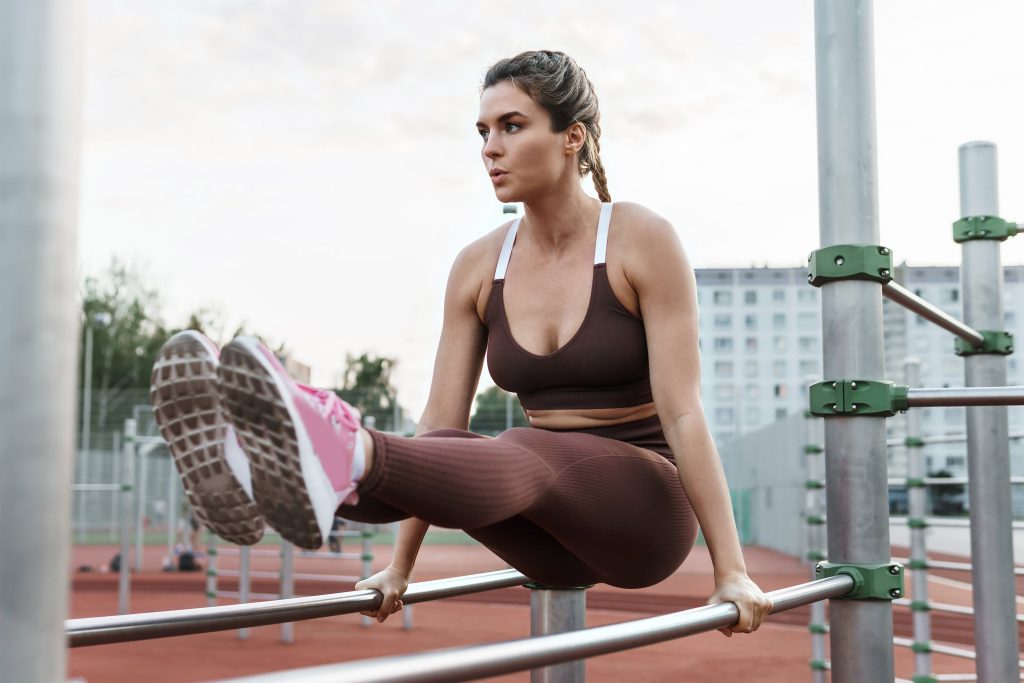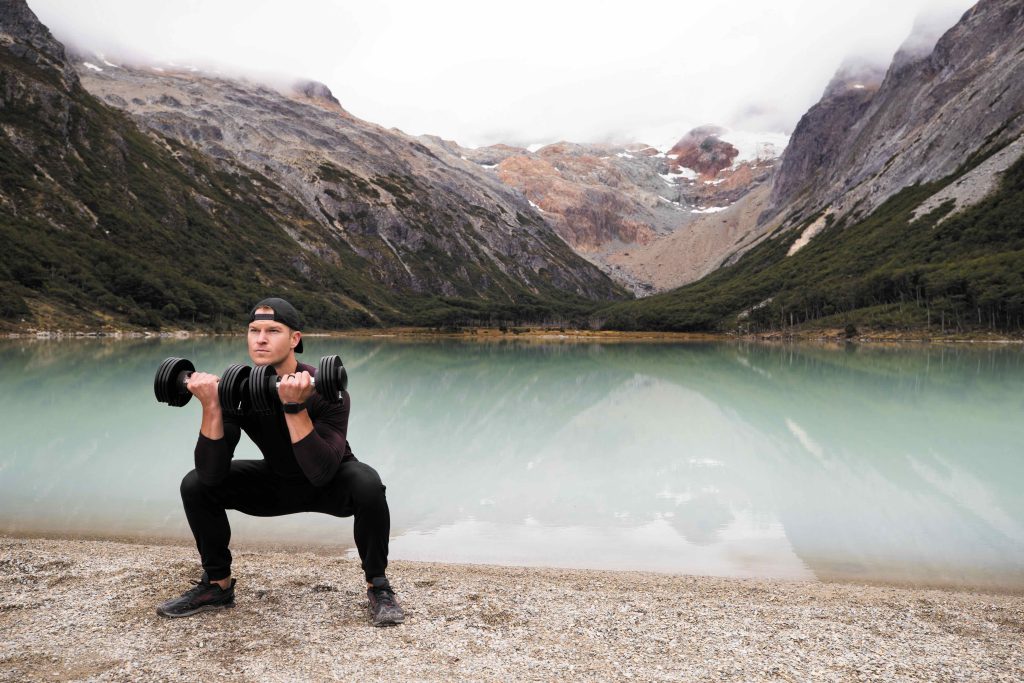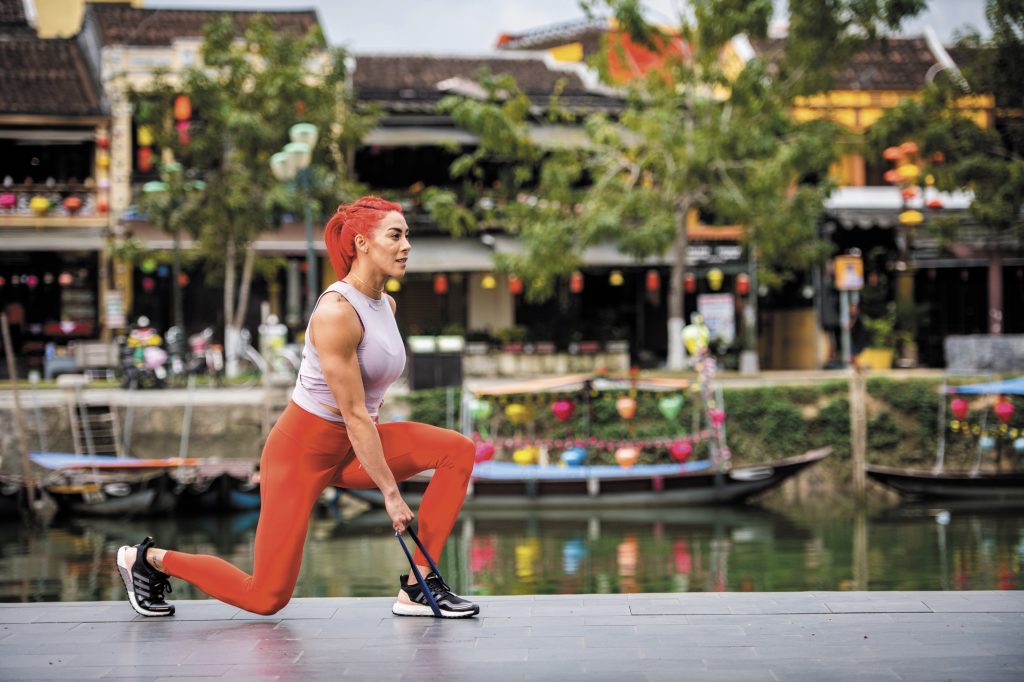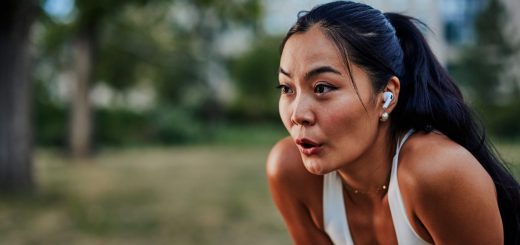What is callisthenics and how do you start on your own at home?
By discovering what callisthenics is, I learn a new concept to use in the gym, thanks to the #ProFormTeam, and I see exercises I thought I knew all about in a different light. This is my special callisthenics workout, with all the facts to impress my friends: where does this funny name come from, what does this discipline correspond to and how did it make its way to our home fitness rooms? Today, we combine the art of training with bodybuilding!
What is callisthenics?

Callisthenics has been around since ancient Greece! It refers to all the bodybuilding exercises that I can do without equipment. The term callisthenics comes from the combination of two words meaning “form” and “beauty”.
If I exercise using only the elements in my environment, I am doing callisthenics. This discipline has become trendy again as an urban sport, hence its nickname “street workout”, and for good reason, as it has many advantages:
- I can practise callisthenics anywhere without spending money or buying equipment.
- I get back into shape in no time and sculpt my body harmoniously by exercising regularly.
- I regain flexibility, strength and endurance in just a few sessions.
- I improve my balance and posture.
- There are many different exercises with variations for all levels of fitness.
- The whole world becomes my playground: I push myself to the limit and overcome barriers!
In fact, if I work out at home without equipment, it is very likely that I already know the main callisthenics exercises. Let’s have a look together.
The 7 most popular callisthenics exercises

Callisthenics exercises include core training postures and other movements that target muscles throughout the body. Here are the most popular ones:
- Air squats or squats, which remind me of my first exercise challenges, when I started my fitness journey again.
- Pull-ups, which consist of lifting your body with the strength of your arms, holding onto a bar or any solid element that is suitable.
- Dips, which I can easily try out as a seated version by leaning on a bench or a low wall and lifting my body with my arms back.
- Push-ups, quite simply, are also callisthenics exercises.
- Planks can be done anywhere to strengthen the abs.
- Leg raises while hanging by the arms as if doing pull-ups are classics in this discipline.
- The most experienced can try the flag, which consists of grabbing a vertical bar and keeping your body stretched horizontally. Impressive, but only suitable for advanced athletes!
There are many other exercises that can be integrated into a callisthenics session: it is up to me to compose my own by creating a circuit that mobilises the whole body!
My iFIT training for callisthenics

To put together my callisthenics session at home, outside or in the city, I can also take a look at the iFIT library. By filtering the search results for body weight workouts and sets, I’ll find plenty of exercise ideas. I follow, for example:
- The Iberian Strengthening series with Hanna Eden.
- Sessions 1, 2 and 4 of the Fast Full Body Training series, focusing on HIIT, dynamic compound movements and low impact exercises, respectively.
- The Bodyweight Strengthening Studio Series for more advanced beginners, with 6 sessions organised into circuits taught by Jonnie Gale.
I can’t wait to impress my friends with a little callisthenics in the park next weekend! In the meantime, I’m going back to read other articles for inspiration, e.g. My Home Exercises Without Equipment.
Check out our Workout & Healthy Goal page for more advice.







